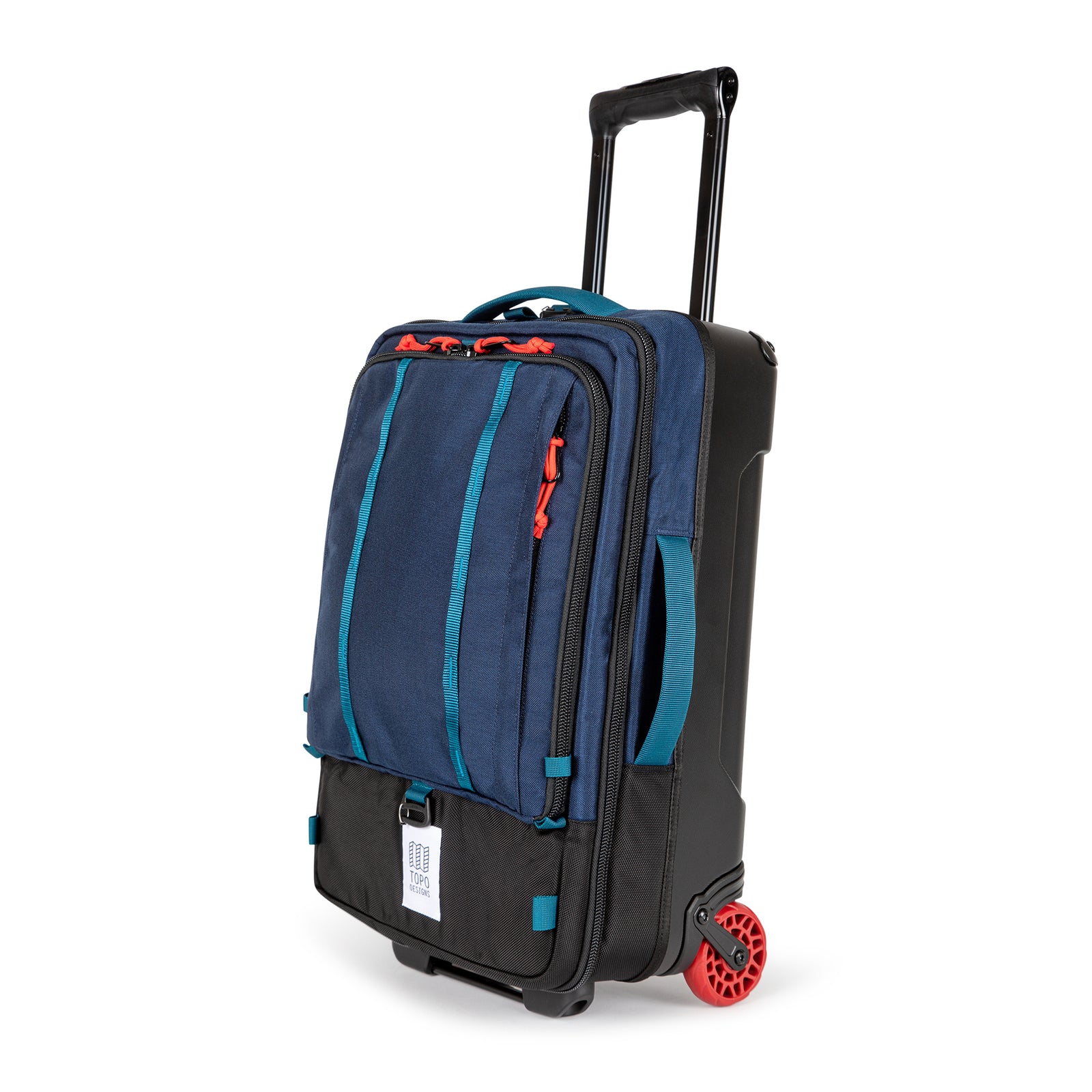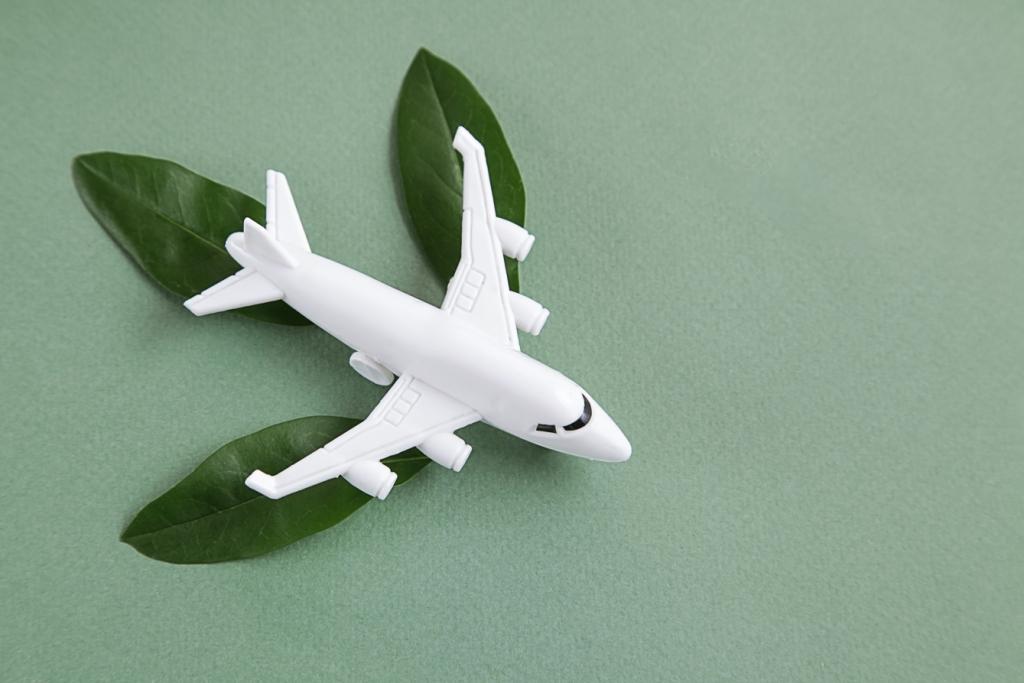Top 10 Aviation Safety Tips for Travelers
Introduction
Safety should always be a top priority when it comes to air travel. Whether you’re a frequent flyer or embarking on your first flight, being informed about aviation safety can make all the difference in ensuring a smooth and secure journey. In this article, we’ll share ten essential aviation safety tips to help passengers navigate their flights with confidence and peace of mind.
1. Choose Your Seat Wisely
Selecting the right seat can play a significant role in your safety and comfort during the flight. Opt for seats near the emergency exits for easy access in case of emergencies. Additionally, consider choosing seats towards the front of the aircraft, as studies have shown that these areas tend to experience fewer incidents during crashes.
2. Pay Attention to the Safety Briefing
Although it may seem routine, paying attention to the pre-flight safety briefing is crucial. Listen carefully to the flight attendants’ instructions on seatbelt usage, oxygen mask deployment, and emergency exits. Familiarize yourself with the location of the nearest exits and alternative evacuation routes.
3. Fasten Your Seatbelt Correctly
Ensure that your seatbelt is fastened securely throughout the flight, even when the seatbelt sign is turned off. The seatbelt should be low and tight across your lap, with the buckle securely fastened. In case of unexpected turbulence, having your seatbelt fastened can prevent injuries and keep you safe.
4. Follow Cabin Crew Instructions
Respect and adhere to the instructions given by the cabin crew at all times. They are trained professionals responsible for your safety onboard. In case of emergencies or unexpected situations, follow their guidance promptly and without hesitation.
5. Be Mindful of Overhead Bin Items
When stowing your carry-on luggage in the overhead bins, ensure that they are securely placed and do not pose a risk of falling out during the flight. Avoid overloading the bins or placing heavy items that could injure passengers in case of turbulence or sudden movements.
6. Familiarize Yourself with Emergency Procedures
Take a moment to review the safety card located in the seat pocket in front of you. It provides essential information on emergency procedures, including how to use the oxygen masks, life vests, and emergency exits. Knowing these procedures beforehand can help you stay calm and act quickly in case of emergencies.
7. Keep Your Shoes On
While it may be tempting to kick off your shoes and relax during the flight, it’s advisable to keep your shoes on at all times. In the event of an emergency evacuation, wearing shoes can protect your feet from sharp objects, debris, and slippery surfaces.
8. Stay Hydrated and Stretch Regularly
Maintaining good hydration and blood circulation is essential during long flights. Drink plenty of water throughout the flight and take breaks to stretch your legs and move around the cabin. This can help prevent blood clots and reduce the risk of deep vein thrombosis (DVT).
9. Secure Loose Items During Takeoff and Landing
Before takeoff and landing, ensure that all loose items such as laptops, books, and electronic devices are safely stowed away in your carry-on luggage or under the seat in front of you. Secure tray tables, seatbacks, and footrests in the upright and locked position.
10. Stay Calm and Alert
Lastly, remain calm and alert throughout the flight, especially during periods of turbulence or unexpected events. Keep your attention focused on the cabin crew’s instructions and be prepared to follow emergency procedures if necessary. Remember that aviation safety is a shared responsibility, and your cooperation plays a vital role in ensuring a safe and pleasant flight for everyone.
Conclusion
By following these aviation safety tips, you can travel with confidence, knowing that you’re well-prepared to handle any situation that may arise during your journey. Safe travels!
The Sustainable Flight Path: Aviation’s Transition to Sustainable Aviation Fuel (SAF)
The Future of Aviation: Sustainable Aviation Fuel (SAF)
Introduction
Sustainable Aviation Fuel (SAF) plays a pivotal role in the aviation industry’s pursuit of sustainability. As the industry faces increasing pressure to reduce carbon emissions, SAF emerges as a promising solution to mitigate environmental impact while ensuring continued air travel growth.
In this article, we delve into the concept of SAF, its current state, benefits, challenges, technological innovations, policy implications, and the path forward.
What is Sustainable Aviation Fuel (SAF)?
Sustainable Aviation Fuel (SAF) is an alternative to conventional jet fuel derived from renewable feedstocks. Unlike traditional fossil fuels, SAF offers a lower carbon footprint throughout its lifecycle, making it a key component of sustainable aviation.
Feedstocks for SAF production include waste oils, agricultural residues, and non-fossil CO2 sources, which are converted into fuel through advanced refining processes.

The Adoption and Production of SAF
Despite challenges, the aviation industry is making strides in SAF adoption. Initiatives such as the United States’ goal for 3 billion gallons of SAF by 2030 demonstrate a commitment to reducing carbon emissions.
Major airlines and countries are incorporating SAF into their operations, driving innovation and market growth.

Advantages of Switching to SAF
Switching to SAF offers significant environmental benefits, including reduced carbon emissions and decreased reliance on fossil fuels. Additionally, SAF presents economic opportunities, driving growth in green technology sectors.
Challenges Facing Widespread SAF Adoption
Despite its potential, challenges such as cost, technological barriers, and infrastructure limitations hinder widespread SAF adoption. However, ongoing efforts aim to address these obstacles and accelerate market penetration.

Advancements in SAF Production Technologies
Ongoing research and development endeavors focus on improving SAF production efficiency and cost-effectiveness. Collaborative partnerships between aviation stakeholders and governments drive innovation and accelerate SAF adoption.

Government Incentives and Regulations
Policies, regulations, and incentives play a crucial role in promoting SAF production and use. Successful examples from around the world highlight the importance of supportive government frameworks in driving industry transformation.

Strategies for Accelerating SAF Adoption
To overcome challenges and expedite SAF adoption, strategies include scaling up production, reducing costs, and expanding the feedstock supply chain. Global cooperation and innovation are essential for realizing the aviation industry’s sustainability goals.

Conclusion
Sustainable Aviation Fuel (SAF) stands as a beacon of hope for the aviation industry’s journey towards sustainability. With its environmental benefits, economic opportunities, and technological advancements, SAF offers a path to a greener future in aviation.
As stakeholders across the industry unite in their commitment to SAF, we move closer to achieving net-zero carbon emissions and building a more sustainable aviation ecosystem.
Join us in embracing Sustainable Aviation Fuel (SAF) as a catalyst for change and a cornerstone of aviation sustainability.




